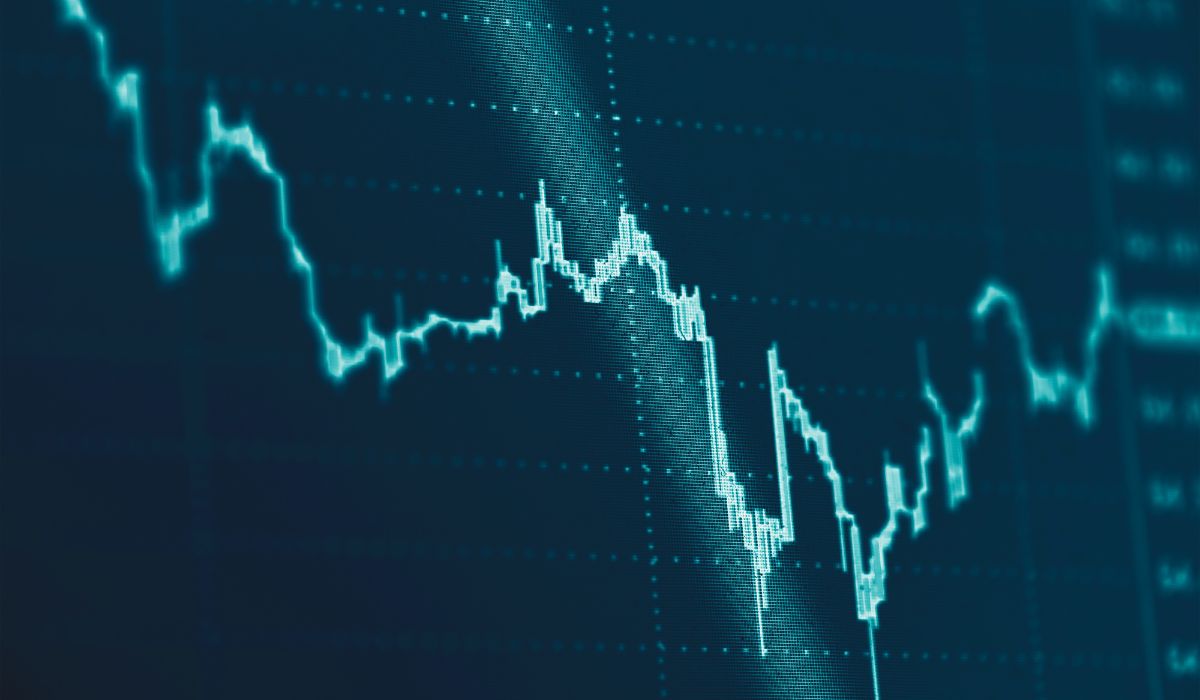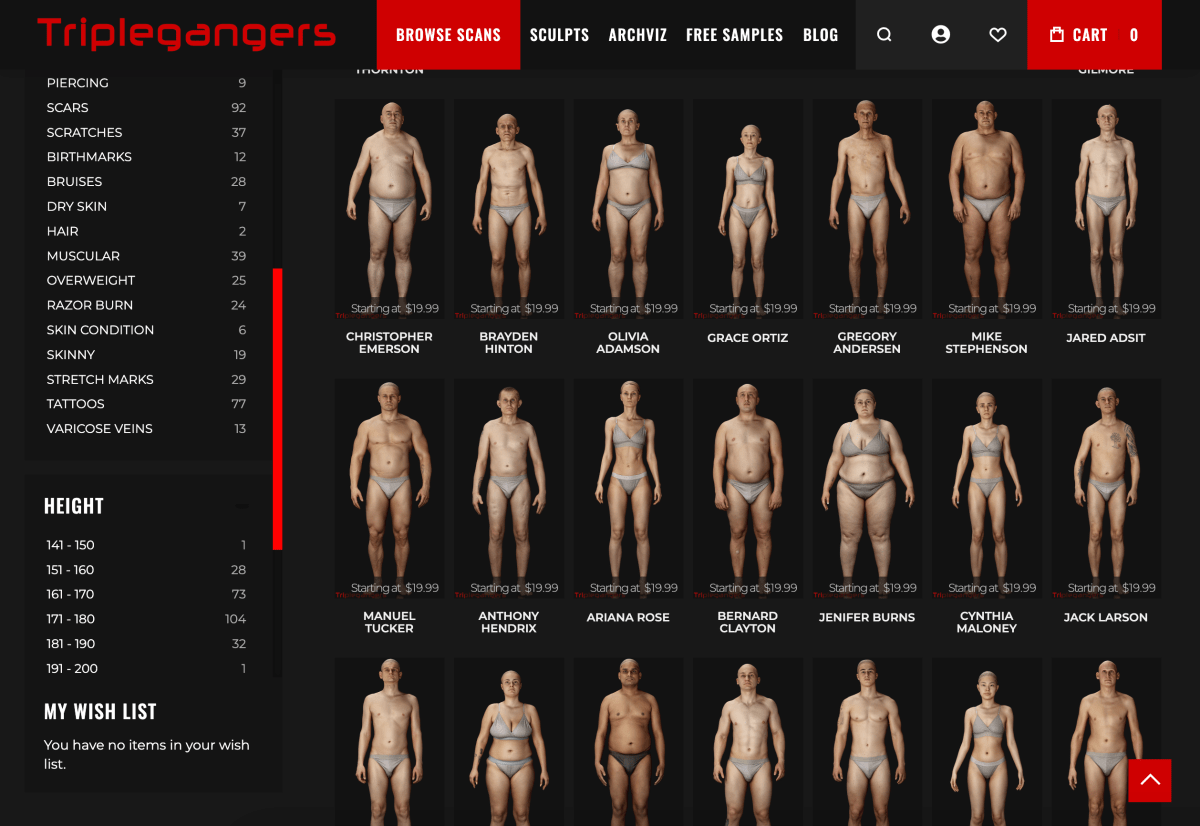US President-elect Donald Trump is announcing his picks for key positions in his administration. Trump appoints Scott Bessent to lead the Treasury, Howard Lutnick as Commerce Secretary, and Kevin Hassett to lead the National Economic Council, per the Business Insider.
Trump has tapped his defense attorney, Alina Habba, to join him in the White House as Counsellor to the President.
Trump picked Andrew Ferguson to chair the Federal Trade Commission.
Jacob Helberg, a senior advisor to Palantir CEO Alex Karp, has been tapped as Secretary of State for Economic Growth, Energy, and Environment.
William McGinley was tapped by Trump to serve as counsel to the Department of Government Efficiency.
Trump has tapped Paul Atkins as chairman of the Securities and Exchange Commission.
Market reaction
At the time of writing, the US Dollar Index (DXY) was down 0.01% on the day to trade at 107.79.
US Dollar FAQs
The US Dollar (USD) is the official currency of the United States of America, and the ‘de facto’ currency of a significant number of other countries where it is found in circulation alongside local notes. It is the most heavily traded currency in the world, accounting for over 88% of all global foreign exchange turnover, or an average of $6.6 trillion in transactions per day, according to data from 2022. Following the second world war, the USD took over from the British Pound as the world’s reserve currency. For most of its history, the US Dollar was backed by Gold, until the Bretton Woods Agreement in 1971 when the Gold Standard went away.
The most important single factor impacting on the value of the US Dollar is monetary policy, which is shaped by the Federal Reserve (Fed). The Fed has two mandates: to achieve price stability (control inflation) and foster full employment. Its primary tool to achieve these two goals is by adjusting interest rates. When prices are rising too quickly and inflation is above the Fed’s 2% target, the Fed will raise rates, which helps the USD value. When inflation falls below 2% or the Unemployment Rate is too high, the Fed may lower interest rates, which weighs on the Greenback.
In extreme situations, the Federal Reserve can also print more Dollars and enact quantitative easing (QE). QE is the process by which the Fed substantially increases the flow of credit in a stuck financial system. It is a non-standard policy measure used when credit has dried up because banks will not lend to each other (out of the fear of counterparty default). It is a last resort when simply lowering interest rates is unlikely to achieve the necessary result. It was the Fed’s weapon of choice to combat the credit crunch that occurred during the Great Financial Crisis in 2008. It involves the Fed printing more Dollars and using them to buy US government bonds predominantly from financial institutions. QE usually leads to a weaker US Dollar.
Quantitative tightening (QT) is the reverse process whereby the Federal Reserve stops buying bonds from financial institutions and does not reinvest the principal from the bonds it holds maturing in new purchases. It is usually positive for the US Dollar.
Source: https://www.fxstreet.com/news/trump-announces-his-picks-for-key-positions-in-the-administration-202412230001








Leave a Comment